

|
Hoover Dam, once known as Boulder Dam, is a concrete arch-gravity dam in the Black Canyon of the Colorado River, on the border between Arizona and Nevada. It was constructed between 1931 and 1936 during the Great Depression and was dedicated on September 30, 1935, by President Franklin D. Roosevelt. Its construction was the result of a massive effort involving thousands of workers, and cost over one hundred lives. The dam was controversially named after President Herbert Hoover.
Wikipedia |
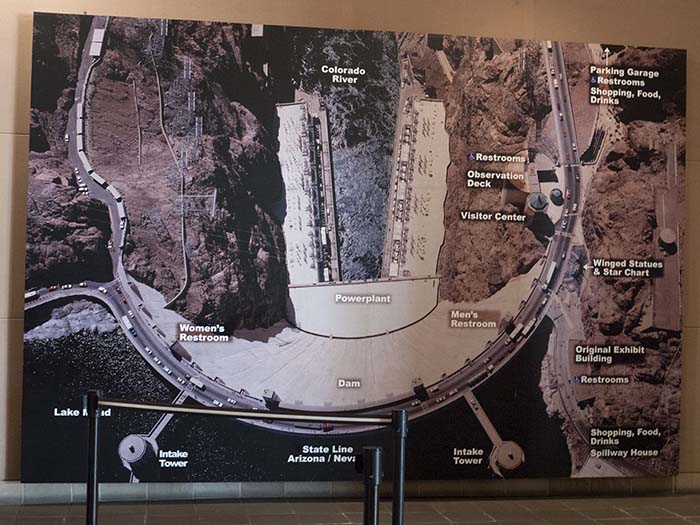
The layout of the dam
August 12, 2016: 2:26 PM |
|
In 1928, Congress passed the Boulder Canyon Project Act, authorizing the construction of Hoover Dam. The power plant wings were completed in 1936, and the first generator began operation in October of that year. The 17th and final generator went into commercial operation in 1961. Hoover Dam's reservoir, Lake Mead, is America's largest man-made reservoir. Named after Reclamation Commissioner Dr. Elwood Mead, it can store 28.5 million acre-feet (9.2 trillion gallons or 35 million cubic meters) of water, or nearly two years of the river's average annual flow.
The Boulder Canyon Project's original $165 million cost has been repaid, with interest, to the Federal Treasury through the sale of Hoover Dam power. This energy is marketed by the Western Area Power Administration to 15 entities under contracts that expire in 2017. Most of this power, 56%, goes to southern California users; Arizona contractors receive 19%, and Nevada users get 25%. The museum pamphlet |

The hydroelectric power plant (turbines)
August 12, 2016: 3:06 PM |

The dam
August 12, 2016: 3:17 PM |
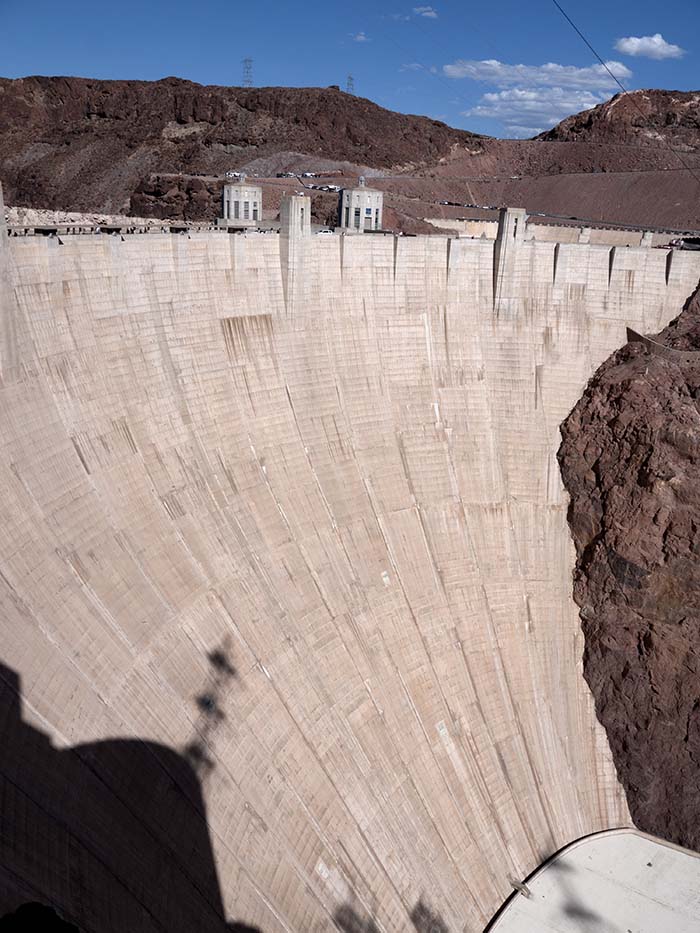
The dam
August 12, 2016: 3:21 PM |
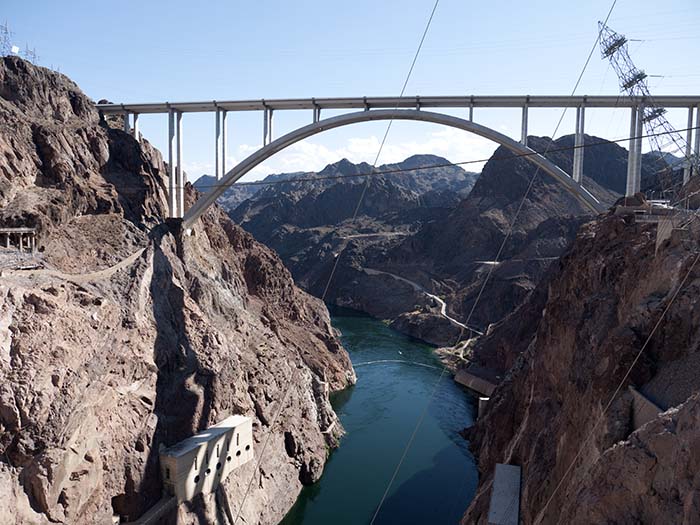
The Colorado River leaving the dam
August 12, 2016: 3:23 PM |
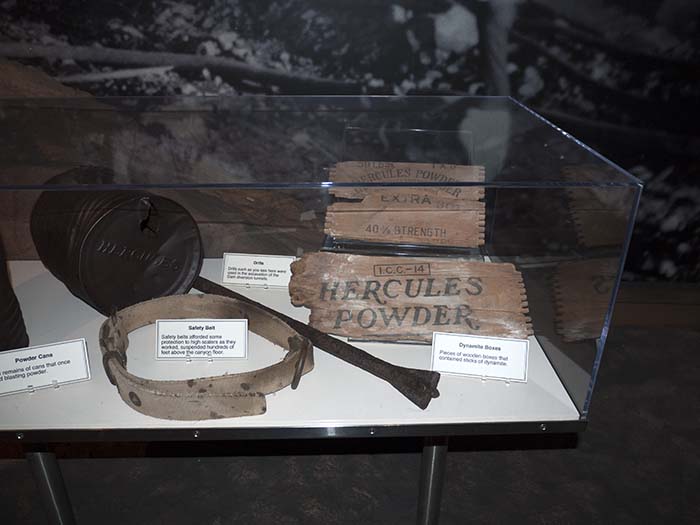
At the museum
August 12, 2016: 3:36 PM |
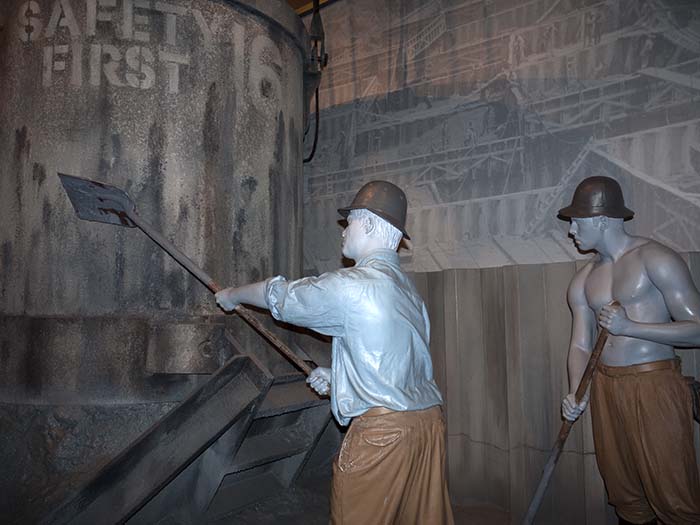
At the museum
August 12, 2016: 3:37 PM |